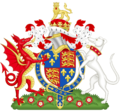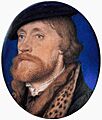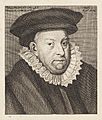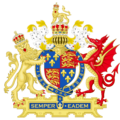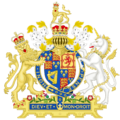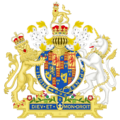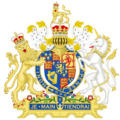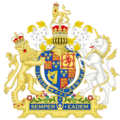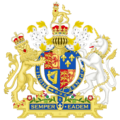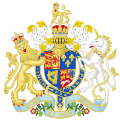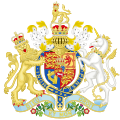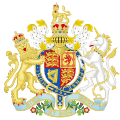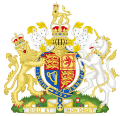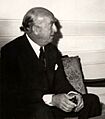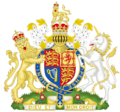List of lord chancellors and lord keepers facts for kids
The Lord Chancellor and Lord Keeper of the Great Seal are very old and important jobs in England and Great Britain. For hundreds of years, these people were like the King or Queen's main legal advisor and the head of the justice system. They were in charge of the Great Seal, a special stamp used to make official documents from the monarch valid.
This list tells you about some of the people who held these powerful positions throughout history.
Contents
Important Legal Leaders in England (1050–1707)
For many centuries, the Lord Chancellor was often a church leader, like a bishop or archbishop. They were usually very educated and trusted by the King.
Early Chancellors (11th to 14th Century)
- Regenbald (1050 – after 1066)
- William Giffard (1094–1101)
- Thomas Becket (1155–1162): A famous Archbishop of Canterbury who was once a close friend of King Henry II.
- Hubert Walter (1199–1205): Another Archbishop of Canterbury who served as Chancellor.
- Ralph Neville, Bishop of Chichester (1226–1240, 1242–1244): He held the Great Seal for many years.
- Eleanor of Provence, Queen Consort and Regent of England (1253–1254): Unusually, a Queen held the Great Seal for a short time!
- Robert Burnell, Bishop of Bath (1274–1292): A key advisor to King Edward I.
- Robert Bourchier, 1st Baron Bourchier (1340–1341): The first non-church leader to become Lord Chancellor. This was a big change!
- William of Wykeham, Bishop of Winchester (1367–1371, 1389–1391): A very influential figure who also founded Winchester College and New College, Oxford.
- Lord de la Pole (1383–1386): An important noble who served as Chancellor.
Chancellors in the 15th Century
- Henry Beaufort, Bishop of Lincoln (1403–1405, 1413–1417, 1424–1426): A powerful cardinal and uncle to King Henry VI.
- John Stafford, Bishop of Bath (1432–1450): Later became Archbishop of Canterbury.
- Richard Neville, 5th Earl of Salisbury (1454–1455): A key figure during the Wars of the Roses.
- John Morton, Cardinal Archbishop of Canterbury (1486–1500): A trusted advisor to King Henry VII.
From Henry VII to Charles II (1500–1654)
During this period, the role of Lord Chancellor became even more important, especially during the time of the Tudors and Stuarts.
| Image | Name | Time in Office | Monarch | |
|---|---|---|---|---|
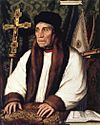 |
William Warham, Archbishop of Canterbury | 1502 | 1515 | Henry VIII |
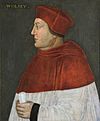 |
Thomas Wolsey, Cardinal Archbishop of York | 1515 | 1529 | |
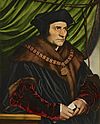 |
Thomas More | 1529 | 1532 | Henry VIII |
 |
Thomas Audley | 1532 | 1544 | |
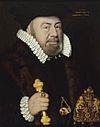 |
Nicholas Bacon, Lord Keeper | 1558 | 1579 | Elizabeth I |
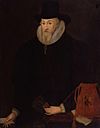 |
Thomas Egerton | 1596 | 1617 | |
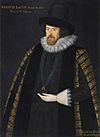 |
Francis Bacon, Lord Keeper | 1617 | 1621 | James I |
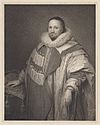 |
Thomas Coventry, Lord Keeper | 1625 | 1640 | Charles I |
The Great Seal was a very important symbol of royal power. During the English Civil War, Parliament actually captured and destroyed the King's Great Seal in 1646! This showed how much power had shifted.
Parliament's Great Seal (1643–1660)
During the English Civil War and the time when England was a republic (the Interregnum), Parliament appointed its own "Commissioners" to use a new Great Seal. This was a clear sign that Parliament, not the King, was in charge.
| Image | Name | Term |
|---|---|---|
 |
Key Commissioners included: | Nov 1643 – 1660 |
Lord Chancellors of Great Britain (1707–Present)
After the Act of Union in 1707, England and Scotland joined to form Great Britain. The role of Lord Chancellor continued to be very important, overseeing the legal system for the whole country.
Images for kids










































